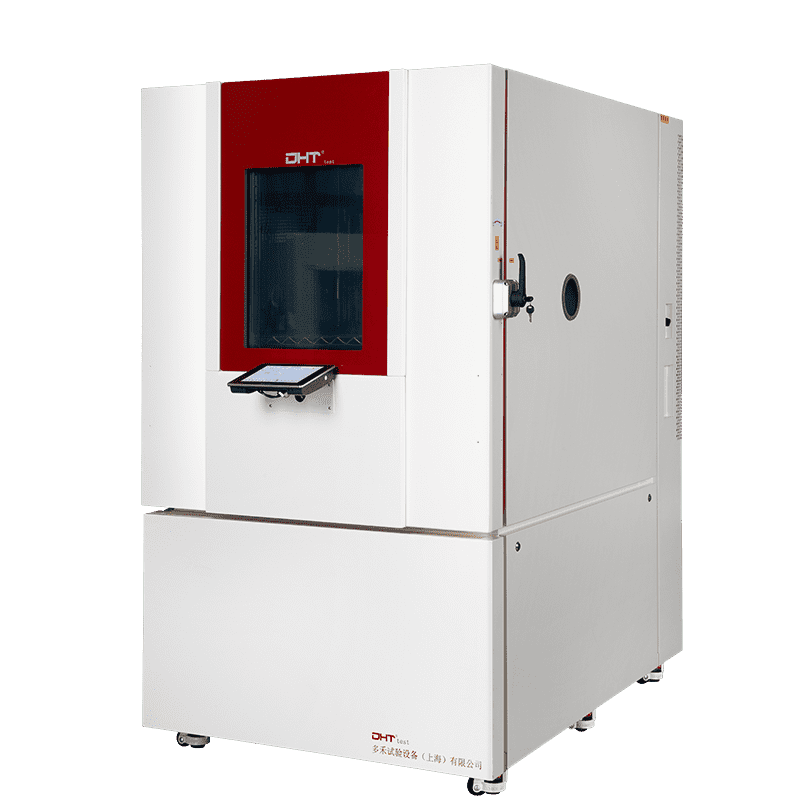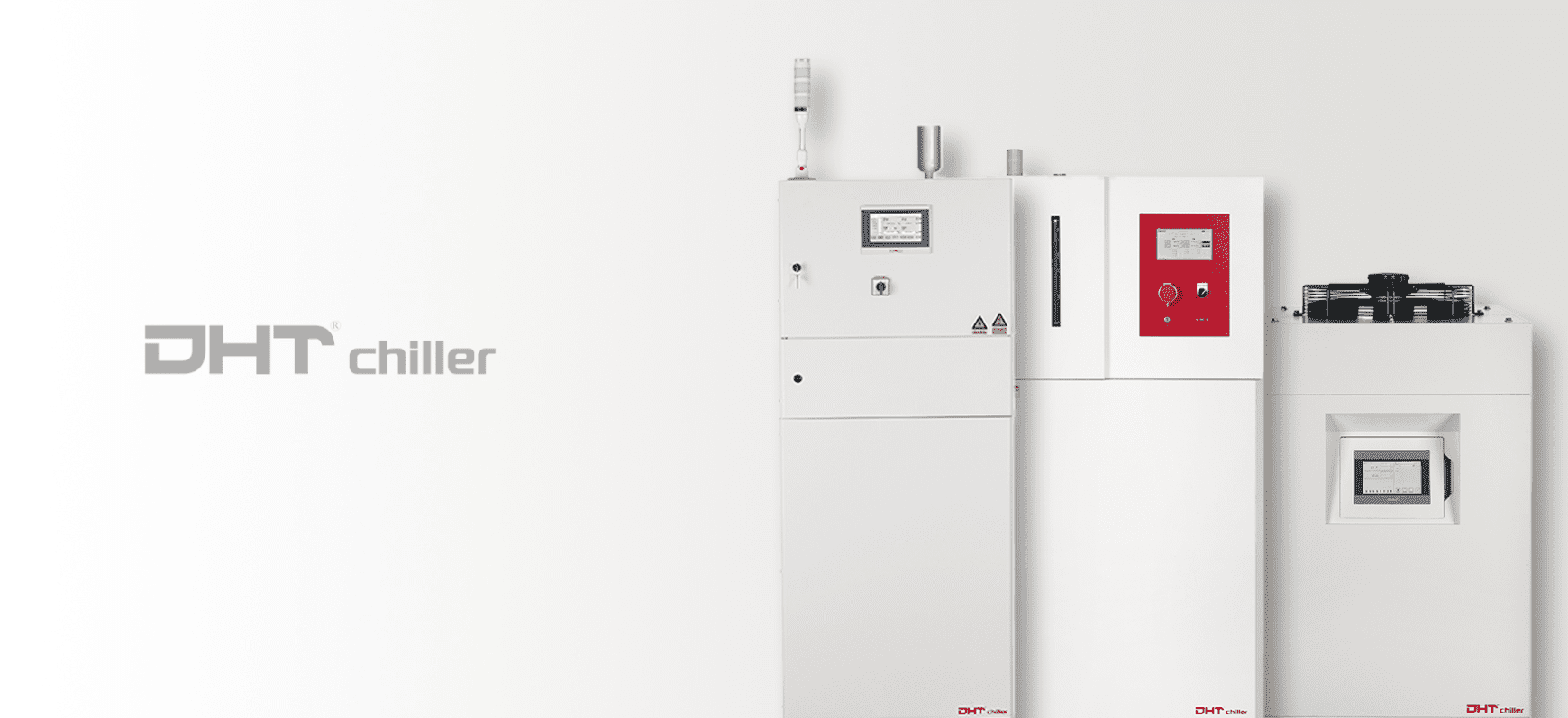Écrit par Robin
Ingénieur principal, Test Doaho (DHT®)
Dans l'industrie des semi-conducteurs, la recherche de la précision des processus à l'échelle du nanomètre et des performances extrêmes des puces se heurte toujours à un défi invisible mais critique : l'emballement thermique. De la photolithographie à l'emballage et au test final, la stabilité thermique de l'équipement de test industriel affecte directement la fiabilité du processus. Une simple fluctuation de température de 0,1°C peut entraîner une baisse de rendement de 2%, tandis qu'une simple panne de refroidissement peut entraîner la perte catastrophique de puces d'une valeur de plusieurs millions de dollars. Pour se conformer à des certifications strictes telles que IEC 61508 et ISO 26262, les chambres d'essai doivent maintenir une déviation proche de zéro dans le contrôle de la température des semi-conducteurs. Toute défaillance dans la gestion thermique risque d'entraîner l'échec du test et la non-conformité.
Pour relever ce défi, DHT® a développé un refroidisseur semi-conducteur haute précision conçu pour des applications de test avancées, redéfinissant les critères de l'industrie avec trois capacités principales : contrôle de température ultra-précis, fonctionnement sans interférences et intelligence prédictive. Le système est conforme aux normes de sécurité UL 61010 et GB/T 2423, tandis que son système d'alerte intelligent prévient de manière proactive les incidents thermiques—devenant le « sentinelle silencieux » dans les protocoles de QA des semi-conducteurs.
Précision de l'ordre du micron : Pourquoi les essais de semi-conducteurs exigent des refroidisseurs dédiés
La fabrication de semi-conducteurs consiste à maîtriser le monde microscopique. Prenons l'exemple des tests 3D NAND : des milliers de couches empilées verticalement génèrent une chaleur localisée extrême. Un retard de refroidissement, ne serait-ce que de 5 secondes, peut provoquer une dilatation thermique inadaptée, entraînant des fissures structurelles. Les refroidisseurs industriels traditionnels, avec une précision de contrôle de ±1°C et des débits fluctuants, peinent à répondre aux trois exigences fondamentales des essais de semi-conducteurs :
– Absolute thermal accuracy: To ensure consistent junction temperatures under varying workloads
– Minimal hydraulic disturbance: To avoid pressure interference with sensitive probe stations
– Chemical compatibility: To prevent corrosion in ultra-pure piping systems
La DHT® est spécialement conçu pour relever ces défis et s'articule autour d'un principe directeur : la surveillance invisible de l'équilibre thermique pendant l'échange d'énergie.
2.Technologie de base : De la thermodynamique au contrôle intelligent
Précision au niveau du nanomètre avec des algorithmes PID et prédictifs
DHT® intègre des algorithmes avancés de contrôle de la température avec une régulation PID en temps réel et des modèles de prévision de la charge, ce qui permet d'atteindre une précision de ±0,05°C à la sortie de l'eau, dépassant ainsi les normes SEMI F1-0306. Lors d'événements thermiques dynamiques (p. ex. surtensions des puces), un algorithme propriétaire de compensation anticipée prévoit les fluctuations de charge jusqu'à 300 ms à l'avance, coordonnant les compresseurs des onduleurs et les vannes d'expansion électroniques pour supprimer les dépassements thermiques à 0,1°C près.
Hydraulique à perturbation nulle : Amortissement de qualité aérospatiale
En adoptant la technologie d'amortissement des accumulateurs de l'hydraulique aéronautique et en l'associant à des pompes centrifuges multi-étagées, DHT® limite la fluctuation de la pression à ±0,5 kPa, soit un tiers de celle des systèmes similaires. Cela permet une intégration transparente avec des équipements sensibles tels que les stations de sonde et les testeurs ATE, en éliminant les interruptions causées par la gigue hydraulique.
Compatibilité universelle des supports : Conception modulaire des canaux d'écoulement
Flow circuits utilize a hybrid of 316L low-carbon stainless steel and PEEK polymers, compatible with deionized water, glycol solutions, and fluorinated liquids. DHT®’s proprietary quick-release modular pipeline design enables media changes and full system flushing in under two hours, addressing the corrosion resistance needs of compound semiconductors and silicon photonics.
3. innovations spécifiques aux applications : Relever six défis thermiques dans les essais de semi-conducteurs
DHT®La technologie des refroidisseurs d'eau évolue en même temps que les besoins de la fabrication des semi-conducteurs :
– Wafer-Level Burn-In: Rapid cycling from -40°C to +110°C, enabling 1000 thermal shock tests within 4 hours for 300mm wafers
– High-Density Packaging: Custom dual-loop cooling with up to 120kW capacity, handling thermal flux densities of 200W/cm² for chiplet-based heterogeneous integration
– Photolithography Cooling: Dual-stage thermal control ensures ±0.02°C water stability, maintaining ArF excimer laser wavelength drift under 0.1pm
– Compound Semiconductor Safety: Equipped with hydrogen sensors and nitrogen purging systems to mitigate risks of combustible gases during GaN device testing
– Automotive-Grade Chip Validation: Meets AEC-Q100 with triple protection (salt fog, vibration, and EMI), simulating harsh vehicular environments
– Flexible Lab-Scale Testing: Compact benchtop design (DHC-20M series), ideal for rapid prototyping and batch verification of 5G RF chips
4. Refroidissement durable pour un avenir sans semi-conducteurs
Alors que l'industrie s'efforce de maximiser les performances par watt, DHT® réorganise les systèmes thermiques dans une optique de durabilité :
– Waste Heat Recovery: Integrated heat pump repurposes excess thermal energy to heat ultrapure water, reducing data center PUE by 0.15
– Free Cooling Utilization: In colder climates, smart switching to air-cooled modes cuts annual energy use by over 30%
– Low-GWP Refrigerants: Ongoing R&D into low-global-warming-potential (GWP) phase-change cooling supports Scope 3 emissions goals for semiconductor clients
Le refroidissement de précision, fondement de l'innovation des procédés
Chaque avancée dans le traitement des semi-conducteurs est associée à une révolution dans le contrôle thermique. La DHT® refroidisseur semi-conducteur—avec une précision de température de qualité chirurgicale, une intelligence prédictive et une vision pour un refroidissement zéro carbone—émerge comme la pierre angulaire silencieuse de la fabrication avancée de puces. Comme la loi de Moore approche de ses limites physiques, le prochain saut en avant pourrait commencer par la maîtrise de chaque degré de chaleur.
Duohe Test Equipment Co. (DHT®) est un fabricant de premier plan spécialisé dans les solutions de simulation environnementale pour les industries de haute précision. Avec plus d'une décennie d'expertise en ingénierie, nous concevons et produisons une gamme complète de chambres d'essais, y compris des chambres environnementales de table pour les besoins des laboratoires compacts, des chambres d'essais de fiabilité environnementale des batteries pour les systèmes de stockage d'énergie, et des chambres environnementales à grande échelle conçues pour les applications automobiles et aérospatiales. Nous sommes là pour vous aider. besoins en chambres d'essais-N'hésitez pas à nous contacter !


